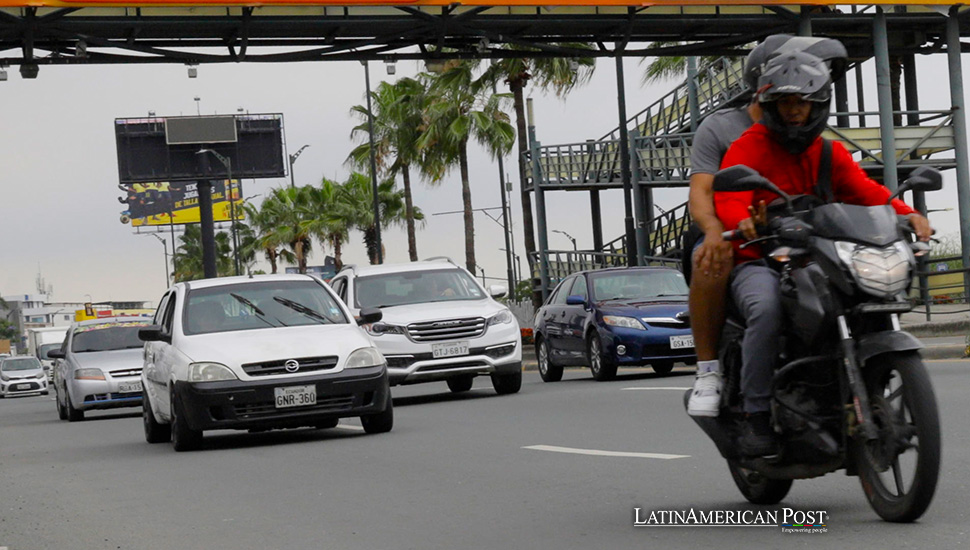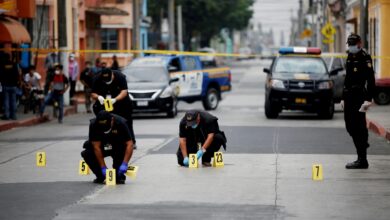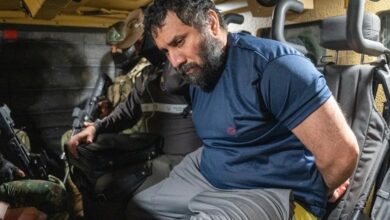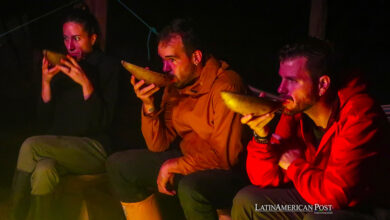Guayaquil Rises: Resilience Amidst Crisis in Ecuador’s Economic Hub

Following a week of terror, Guayaquil, Ecuador’s bustling port city, begins its gradual recovery, reigniting its commerce and tourism sectors and restoring its vibrant community life.
A City Shaken but Not Broken
Guayaquil, the economic heartbeat of Ecuador, is slowly emerging from the shadows of a harrowing week that saw the city gripped by unprecedented violence. On January 9, a criminal gang known as ‘Los Tiguerones’ wreaked havoc in this bustling port city, leading to the tragic loss of at least eight lives and a tense hostage situation at the TC Television station. The repercussions were immediate and devastating: economic activities came to a standstill, and the city’s streets, usually teeming with life, were eerily deserted.
The crisis had a staggering economic impact. According to the Guayaquil Chamber of Commerce, nationwide sales plummeted by an average of 317 million dollars daily due to security. In Guayaquil alone, the daily losses amounted to approximately 135 million dollars. This week, however, there’s a cautious optimism in the air. With the intervention of the Armed Forces against criminal activities, the city is hopeful for a return to some semblance of normality.
Signs of Recovery in Guayaquil
In the heart of Guayaquil, the Malecón Simón Bolívar Avenue, near President Daniel Noboa’s residence, chefs and servers of local restaurants eagerly await the return of diners. Eduardo, a restaurant staff member, encourages passersby to overcome their fears and enjoy the local delicacies, reflecting the resilience of the city’s people.
This resilience is mirrored in the city’s cultural landmarks. The National Museum of Cocoa, dedicated to preserving Ecuador’s history, culture, and tradition in cacao production, is gradually reopening its doors. Ecuador, the world leader in producing fine cacao, temporarily closed the museum due to security concerns. Now, with revised timings for January, the museum is ready to welcome visitors again, although with caution.
The city’s 2.5-kilometer-long Malecón is also witnessing the return of curious locals and tourists. This scenic boardwalk, adorned with monuments, gardens, fountains, and docks, is a testament to Guayaquil’s beauty and spirit.
Connecting the City Once Again
A significant symbol of the city’s return to normalcy is the resumption of the Aerovía service. This cable car system, comprising 154 cabins with a capacity of 10 people each, connects Guayaquil’s center with the neighboring municipality of Durán.
It was suspended on January 9 due to security concerns but resumed operations the next day, catering to the city’s 2.6 million inhabitants who were eager, albeit apprehensive, to restart their lives. On its first day back, the Metrovía bus system transported 53,909 passengers, a sign of the city’s determination to move forward.
However, the path to recovery is not without challenges. Recognizing the psychological impact of the crisis, the City’s Directorate of Social Inclusion has offered free psychological support services to those experiencing panic attacks or anxiety, a critical step in healing the community.
An “Internal War” Against Organized Crime
President Noboa, who has declared an “internal war” against organized crime groups, labeling them as “terrorists,” acknowledges the concerns of all Ecuadorians. In a statement over the weekend, he emphasized that while the violence has caused widespread worry, life must go on.
The reopening of ‘La Perla,’ a 57-meter-tall Ferris wheel situated on the northern end of Malecón 2000, over the Guayas River, is a beacon of hope for Guayaquil. After standing idle since the January 9 events, its 36 cabins are again rotating and filled with visitors. This iconic structure, a symbol of the city’s resilience, is more than just an attraction; it’s a statement that Guayaquil is awakening from its nightmare.
Also read: Ecuador Approves Landmark Gender Pay Equality Law
Guayaquil’s journey towards recovery highlights the city’s strength and resilience in the face of adversity. Though gradual, the economic and social revival is a testament to the indomitable spirit of its people. As the city reactivates its commerce and tourism, it sends a powerful message of defiance against violence and a firm commitment to rebuild and rejuvenate.
Guayaquil’s experience is a story of resilience and hope. It’s a narrative about a city that refused to be defined by a week of terror. Instead, it chose to stand up, dust itself off, and begin the arduous journey back to normality. As life slowly returns to its streets, businesses, and cultural sites, Guayaquil serves as a beacon of resilience for Ecuador and cities around the world facing similar challenges.





